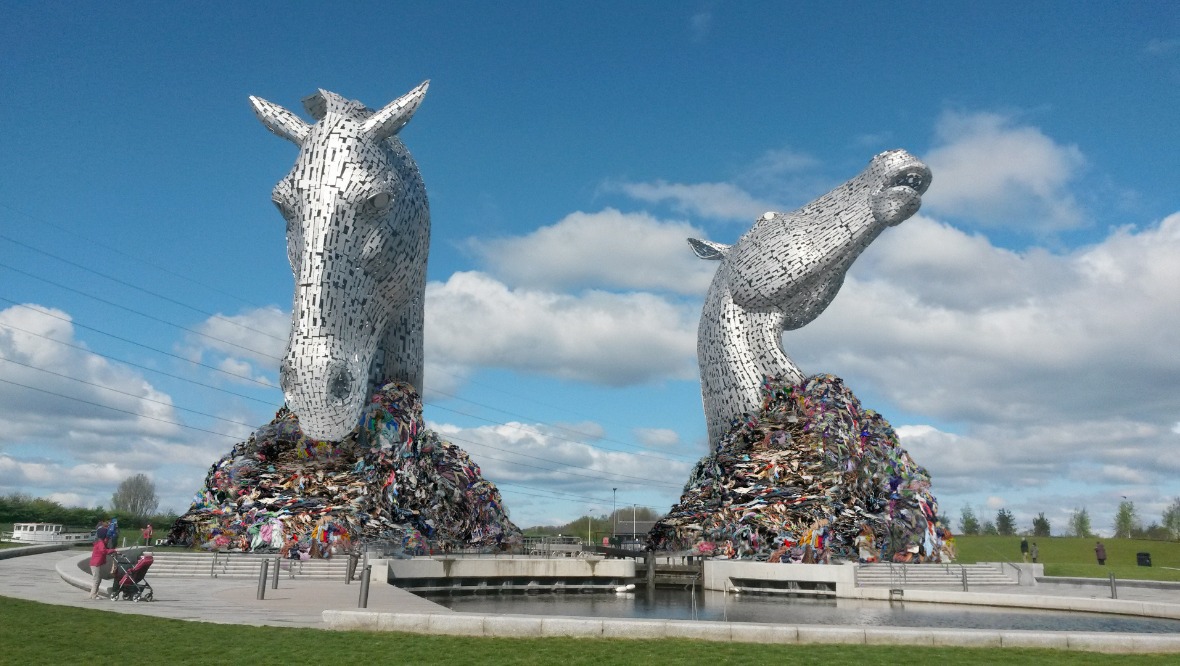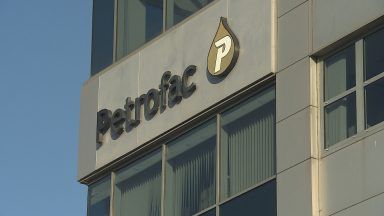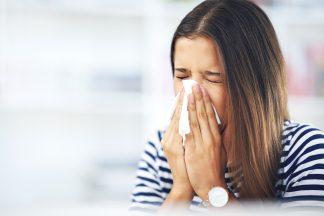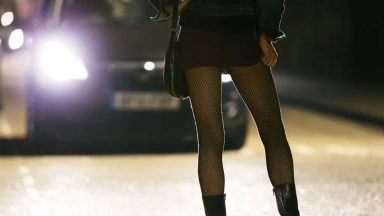Parents in Scotland throw away 100,000 outgrown but wearable school uniforms every year, according to researchers.
They claimed putting usable shirts, skirts, trousers and blazers in the bin was having a “significant impact” on the environment.
With the average uniform consisting of 32 per cent polyester, analysists calculated the waste as the equivalent to 25 tonnes of plastic going to landfill each year.
Label manufacturer My Nametags, which commissioned the study, mocked-up an image of the Kelpies half-buried under unwanted uniforms to illustrate how much wearable classroom clothing is discarded.
‘Shocking figures’
Lars B Andersen, managing director at My Nametags, said: “It was shocking to find that so much school uniform is needlessly thrown away.
“With more and more clothing being made from synthetic fibres including plastic, such as polyester, this throwaway attitude to children’s clothes is having a significant impact on the environment.
“To put this waste problem into perspective, we have calculated what it would look like stacked up against one of Scotland’s most recognisable landmarks, the Kelpies, which we hope will make everyone think twice before needlessly throwing away items of clothing.”
How does Scotland compare?
Researchers at global consultancy Censuswide calculated their figures after speaking to 2000 parents across the UK.
They were asked how often they replaced their child’s school uniform because it was outgrown and what they do with it.
According to their analysis, the most wasteful area is the south of England, where 630,000 outgrown uniforms are binned every year.
In the north of England, the figure is 350,000, it’s 300,000 in the Midlands and 40,000 in Wales.
‘Reuse beats single use’
Zero Waste Scotland said people needed to “change their relationship with stuff”.
Chief executive Iain Gulland said: “Textiles waste accounts for nearly a third of Scotland’s carbon impact.
“That’s a significant proportion of our carbon footprint as a nation and really illustrates the need to think differently when it comes to our consumption of goods and materials.
“If we’re serious about tackling the climate crisis, we need to change our relationship with ‘stuff’ and consider the real cost of our purchases, which includes not just the price tag, but the whole lifecycle of the garment.
“Reuse beats single use, which means opting for second-hand first and making items last by repairing them when needed and passing them on when no longer required.”
Follow STV News on WhatsApp
Scan the QR code on your mobile device for all the latest news from around the country


 Contributed
Contributed

























